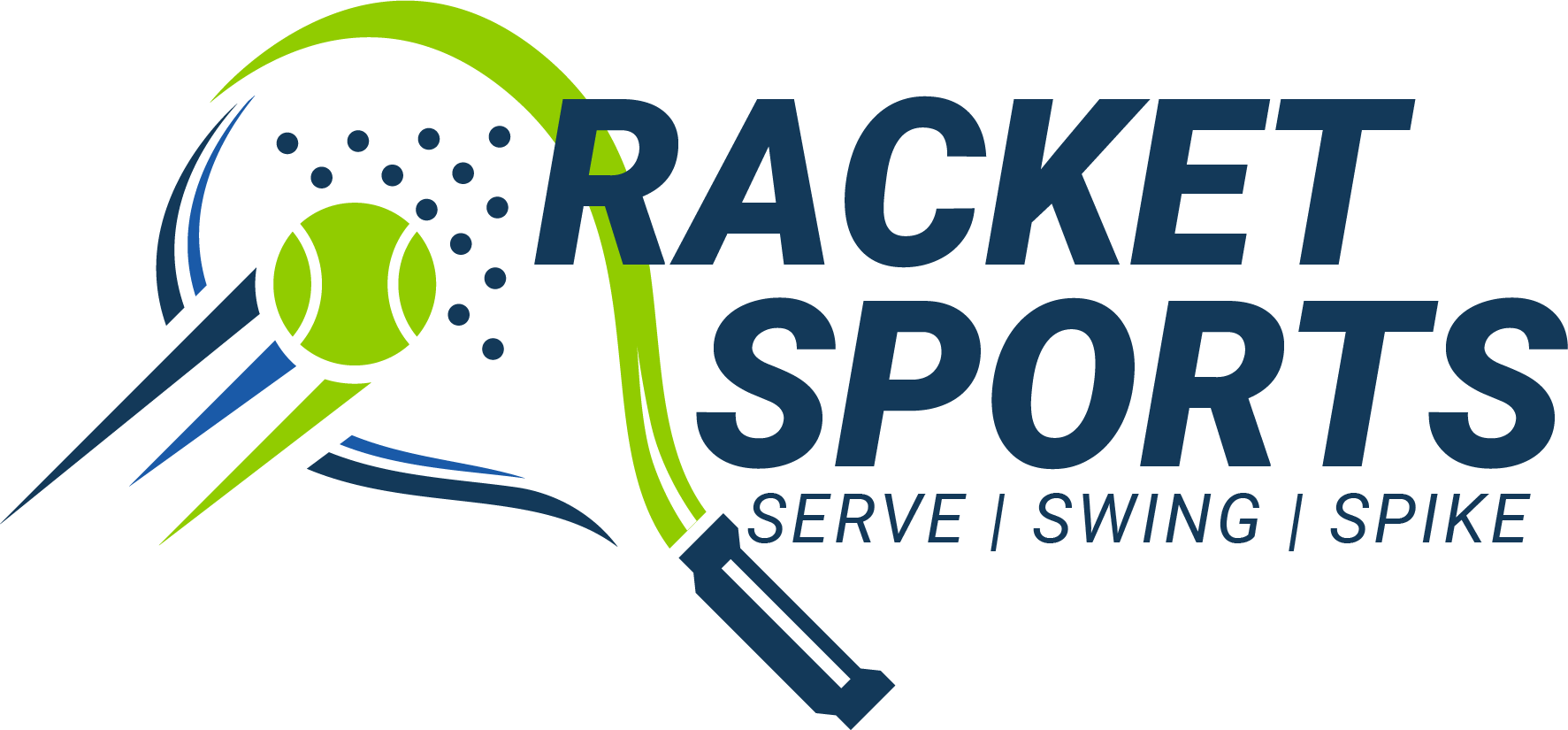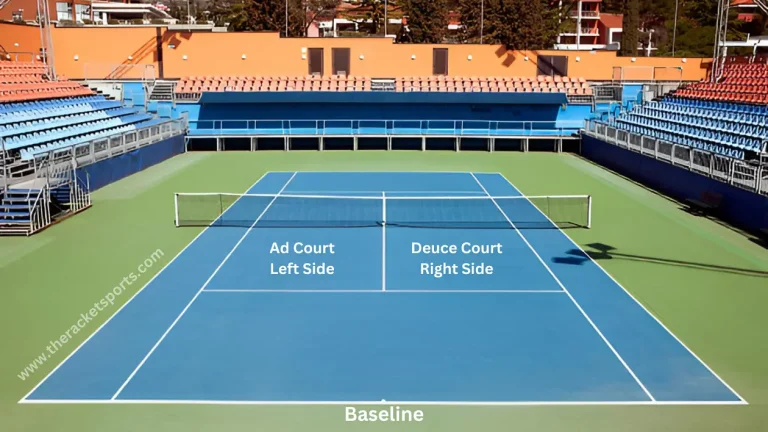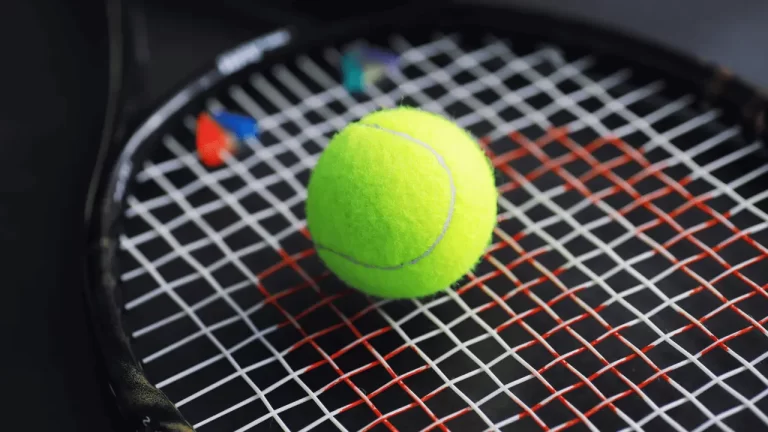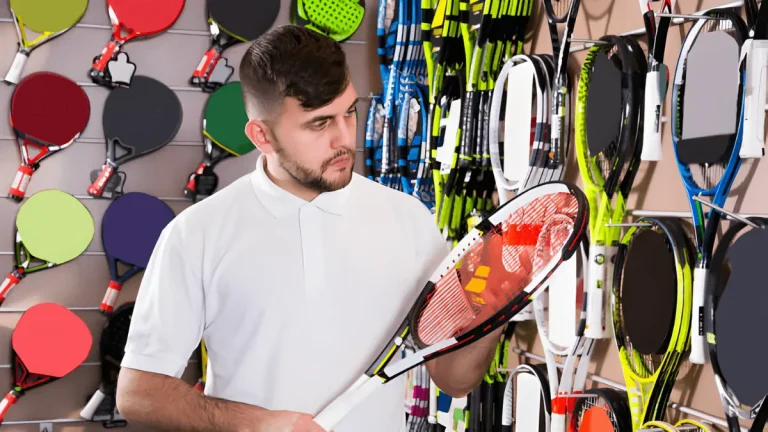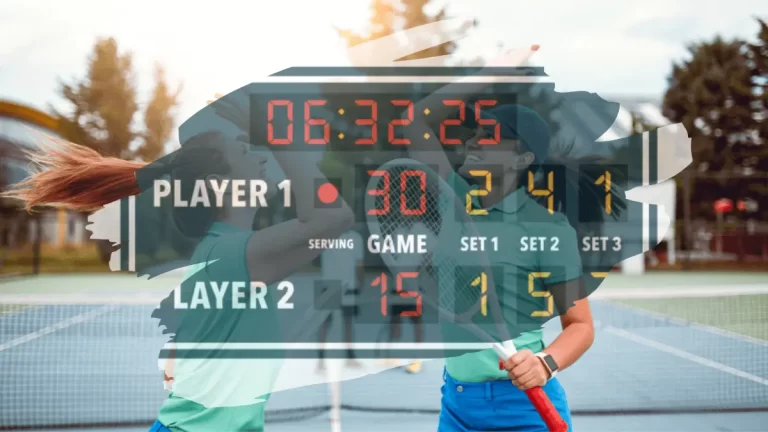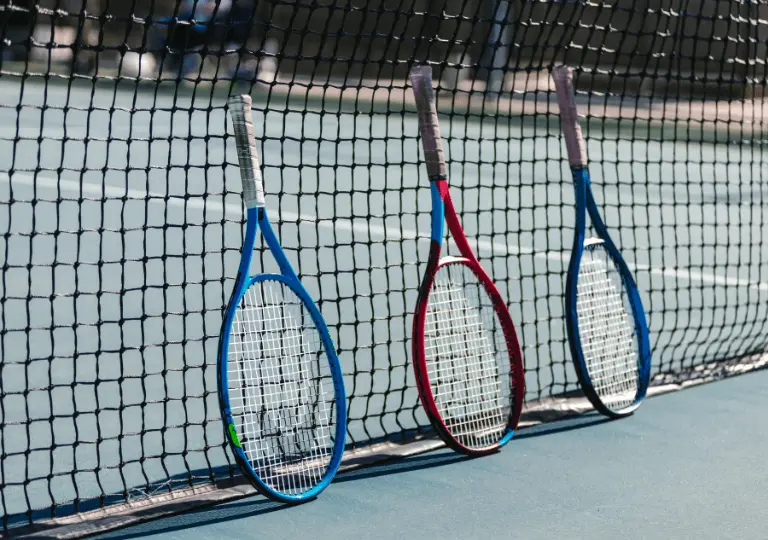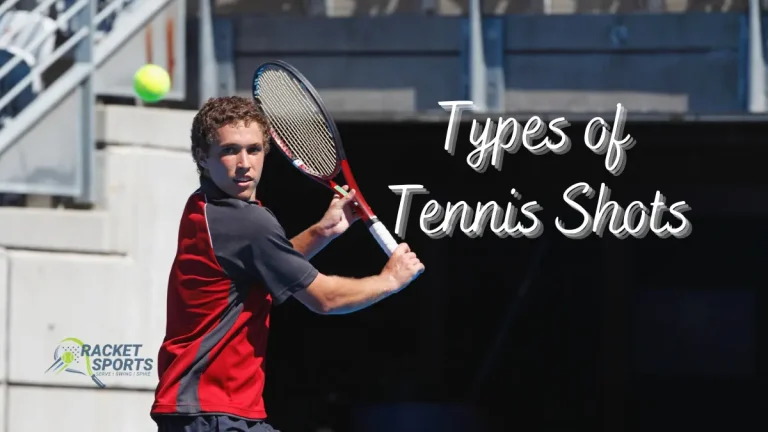What Is An Ace In Tennis? Complete Easy Guide 2025
An ace is a legal service hitting the opponent’s service box and is still untouchable in a way that the other player can’t touch it. So, in simple words, you can say that often viewed as a show of power and precision, an ace is a tennis serve that the opponent cannot touch the ball, resulting in a quick point for the server.
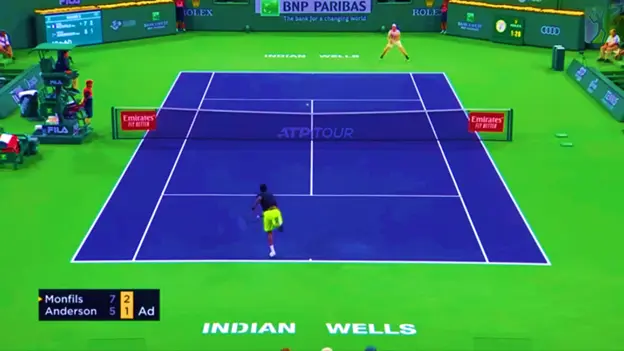
With its ability to swiftly shift the dynamics of a match, the ace holds a special place in the hearts of tennis enthusiasts, specifically professional tennis players.
If you want to learn how to ace tennis, I am here to explain what it is, why it matters, how to achieve it, and its impact on the game.
What Is an Ace in Tennis?
While playing tennis, an ace is a serve that is struck so effectively and with precision that the opponent is unable to make any touch with the ball. It gives the server a direct point without needing further rallies. An ace happens in tennis when the ball lands within the service box and is not touched by the opponent’s tennis racket. To be considered a legal ace, the ball must not touch the net and must land inside the appropriate service box for the server’s position (singles or doubles).
Why Aces in Tennis Matter and its Impact on the Game?
Aces are critical in tennis for several reasons:
Easy Points:
Aces provide the server with the easiest and quickest way to earn a point. Since there is no rally, there is no chance for the opponent to defend or counter the serve.
Psychological Advantage:
Aces can have a significant psychological impact on both the server and the opponent. For the server, hitting aces can boost confidence and morale. For the opponent, facing multiple aces can be demoralizing and frustrating.
Momentum Shift:
Aces can act as a momentum-shifting element in a match. When a player consistently serves aces, they not only gain points but also gain control of the game and put pressure on their opponent.
Time and Energy Savings:
Aces save time and energy, which can be crucial during long matches, especially in grand slam events where players may face multiple sets or tiebreaks.
Disruption of Rhythm:
Aces can disrupt the opponent’s rhythm and game strategy. A well-executed ace forces the opponent to reanalyze their positioning and tactics, making their planned response irrelevant.
Pressure and Expectation:
Players renowned for consistently hitting aces often carry a reputation and expectation. This places additional pressure on their opponents. This added pressure often results in unforced errors or hesitancy when returning serves, which further benefits the server.
Crowd Enthusiasm:
Aces often evoke a strong positive reaction from the crowd, igniting an atmosphere of excitement and spectator engagement. This creates an electrifying atmosphere that positively influences the server and increases their motivation level.
How To Hit Aces In Tennis?
Hitting aces in tennis is a skill that sets apart the great servers from the rest. An ace is a serve the opponent cannot return, earning you a point without even engaging in a rally. Achieving this requires power, accuracy, strategy, and mental fortitude.
Serve Technique: The Foundation Of Hitting Aces
The serve is the most critical shot in tennis, and your ability to hit aces largely depends on the quality of your serve. To start, you need to develop a proper serve technique. This includes your grip, stance, and motion.
- Ensure that you have the proper grip. The continental grip is often suggested for players, in which the base knuckle of the index finger relaxes on the third bevel of the handle of your tennis racket.
- Your stance should be balanced and comfortable. The platform stance, where your feet are shoulder-width apart, is commonly used for serves.
- Work on a fluid, efficient serving motion. This involves a smooth toss of the ball, a powerful leg drive, and a well-timed hit at the highest point of your reach.
Generating Power: From the Ground Up
Power is a key component of aces. It’s generated from the ground up, starting with your legs. To maximize the power in your serve.
- Bend or slightly tilt your knees and utilize your leg muscles to explode upwards when you initiate your serve. The power generated from your legs is crucial for a fast serve.
- A strong core facilitates the effective transfer of energy from your lower body to your upper body. It allows you to harness the power you generate from your legs.
- Regular practice is essential for building strength and consistency in your serve. This includes working on your toss, timing, and follow-through.
Serve Variety: Keeping Your Opponent Guessing
To hit aces consistently, you can’t rely on a single type of serve. Instead, you should develop a variety of serves that keep your opponent guessing.
- The flat serve is the most direct route to an ace. Its fast and low power on the net makes it challenging for your opponent to return.
- The slice serve twists away from your opponent, making it harder for them to time their return. It’s effective, especially when you are serving to the backhand side.
- Kick serves have topspin and bounce high upon landing, which disrupts your opponent’s timing. They can also be particularly effective on second serves.
Serve Placement: Precision Matters
Simply serving with power isn’t enough; you need to place your serves strategically.
- When you serve to the corners of the service box, it can make it tricky for your opponent to return the ball.
- Serving down the middle of the court, known as “down the T,” can be effective because it narrows the angle for your opponent’s return.
Incorporating Spin: Adding Variety and Challenge
Unpredictability is what spin adds to your serves, which makes it difficult for your opponent to analyze and return the ball. Here are some different types of spin for you to consider:
- Topspin makes the ball dip and bounces higher upon landing. This can catch your opponent off guard.
- Backspin keeps the ball low and slows it down, which makes it challenging for your opponent to attack.
- Sidespin curves the ball left or right, which makes it difficult to predict the ball’s path.
Different Serve Speed: Catching Opponents Off-Guard
You can try changing the speed of your serves. This can disrupt your opponent’s timing. You can also try mixing up your serve speeds between fast, flat serves and slower, spin-heavy serves.
Disguise Your Intentions To Make an Ace: Keep Them Guessing
To hit more aces, you should try to disguise your serving intentions. If your opponent can read your serve, it becomes much easier for them to anticipate and return it.
- Use a consistent ball toss for different types of serves. This can create challenges for your opponent to foresee your next move.
Mental Focus: Staying Cool Under Pressure
Mental focus is crucial when aiming for aces. You should maintain a confident mindset and believe in your ability to hit aces.
- Before serving, imagine or visualize striking an ace. This can increase your confidence and increase your chances of achieving your goal.
- Controlling your nerves and emotions is important. Staying organized under pressure is fundamental to performing your services effectively.
Observe Your Opponent: Analyzing Their Weaknesses
During a match, pay close attention to your opponent’s positioning and movement. Try to identify their weaknesses or moments when they are off balance.
If your opponent has a weaker backhand, aim your serves in that direction. If they have poor mobility, make them move around the court.
Practice and Feedback: Continuous Improvement
Consistent practice is important for improving your serving skills. You can work with a coach or practice partner who can provide valuable feedback and help you refine your serve technique.
Players With The Most Aces In Tennis
These are the tennis ace stats of the famous players in tennis history.
| Players | Number of Aces |
|---|---|
| John Isner | 13,748 aces |
| Ivo Karlovic | 13,728 aces |
| Roger Federer | 11,478 aces |
| Goran Ivanisevic | 10,237 aces |
| Feliciano Lopez | 10,155 aces |
| Andy Roddick | 9,074 aces |
| Sam Querrey | 8,858 aces |
| Pete Sampras | 8,858 aces |
| Ivan Ljubicic | 8,138 aces |
| Milos Raonic | 8,136 aces |
Conclusion:
In tennis, an ace serves as an advantage to the server’s skill, power, and finesse. It defines a moment of victory, as the ball moves past the opponent’s reach, quickly touching the net and winning you a point. With the ace’s ability to generate momentum, disrupt an opponent’s rhythm, and infuse a psychological advantage, the ace is undoubtedly a shot that captures the essence and excitement of the sport.
This is one of the finest and most advantageous shots a player can adopt if they want to dominate their opponent and win a point.
Frequently Asked Questions About an ACE in Tennis
How many points does a player win when they hit an ace?
Each ace wins you a single point without engaging in rallies.
What to focus upon when hitting an ace?
While hitting an ace, you must focus on your serve, speed, and precision to break the rhythm of your opponent. To catch your opponent off-guard, you can also try to incorporate some variety into your shot that your opponent is not familiar with.
How do aces impact your opponent?
Aces are the most hit by players to dominate their opponents. This breaks their momentum and rhythm, and they also tend to lose their focus on the game.
